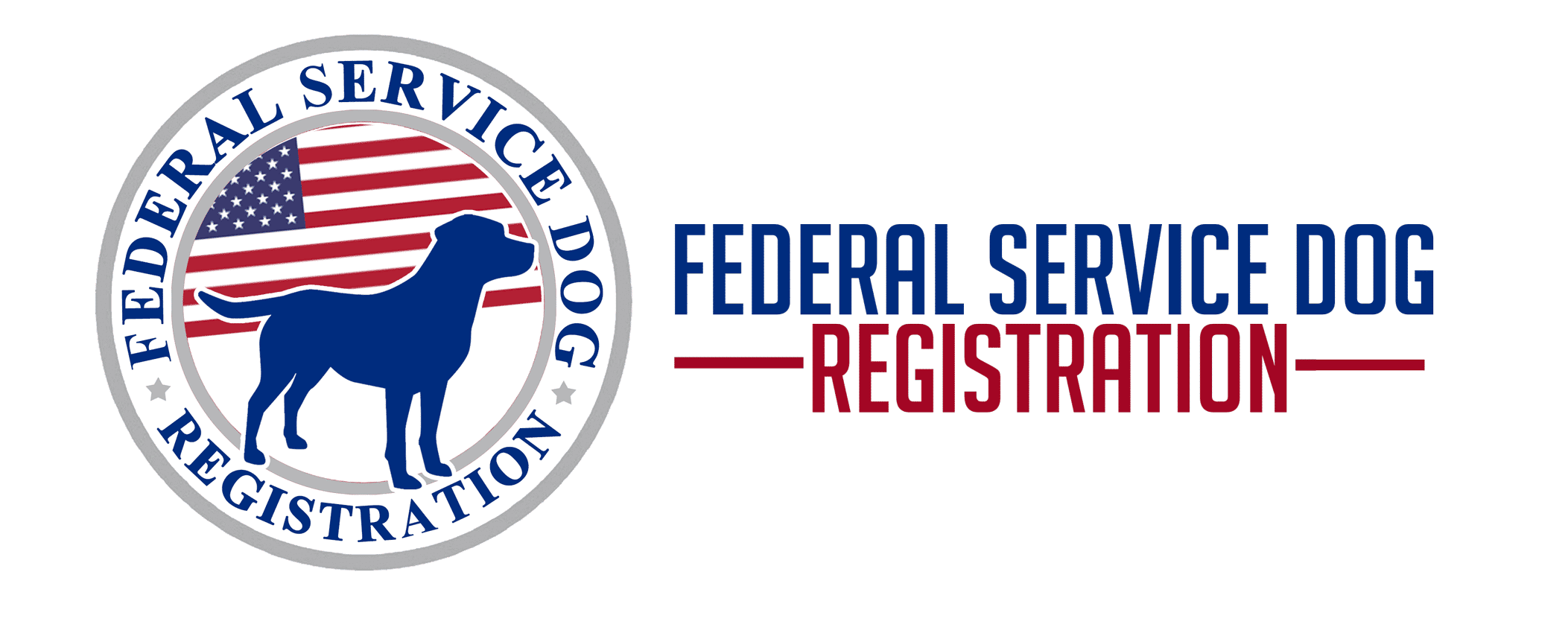Definitions
Under Civil Rights law:
“Service dog” means any dog individually trained to the requirements of a person with a disability including, but not limited to minimal protection work, rescue work, pulling a wheelchair or retrieving dropped items. This term shall include a “seizure dog” trained to alert or otherwise assist persons subject to epilepsy or other seizure disorders.
Dusty’s Law definitions
“Guide dog” shall mean a dog which has been or is being raised or trained to provide assistance to a blind or deaf person, including but not limited to a dog that has been or is being raised or trained by a volunteer puppy raiser or staff member of an organization generally recognized as being involved in the rehabilitation of the blind or deaf and reputable and competent to provide dogs with specialized training.
“Service animal” shall have the same meaning as set forth in the federal “Americans with Disabilities Act of 1990” (42 U.S.C. s.12101 et seq.) and any regulations under the act.
Accommodation Law
Any person with a disability accompanied by a service or guide dog trained by a recognized training agency or school is entitled, with his dog, to the full and equal enjoyment, advantages, facilities and privileges of all public facilities.
A person with a disability who has a service or guide dog, or who obtains a service or guide dog, shall be entitled to full and equal access to all housing accommodations.
A service or guide dog trainer, while engaged in the actual training process and activities of service dogs or guide dogs, shall have the same rights and privileges with respect to access to public facilities, and the same responsibilities as are applicable to a person with a disability.
Any person who intentionally interferes with the rights of a person with a disability, who is accompanied by a guide or service dog, or the function or the ability to function of a guide or service dog, shall be fined not less than $100 and not more than $500.
Also, person lawfully using “seeing-eye dog,” “hearing ear dog,“service dog,” or a guide or service dog trained by a recognized training agency or school may keep such animal in his or her immediate custody on public transportation.
A student with a disability, including autism, shall be permitted access for a service animal in school buildings, including the classroom, and on school grounds.
Harassment of/Interference with Service Dogs
No criminal interference provision, but under Civil Rights laws:
Any person whointentionallyinterfereswith the rights of a person with a disability, who is accompanied by a guide or service dog, or the function or the ability to function of a guide or service dog, shall be fined not less than $100 and not more than $500.
Dusty’s Law
Any person who recklessly kills a service animal or guide dog, or who recklessly permits a dog that the person owns or over which the person has immediate control, to injure or kill a service animal or guide dog, is guilty of a crime of the fourth degree.
Any person who recklessly injures a service animal or guide dog, or recklessly permits a dog that the person owns or over which the person has immediate control, to injure a service animal or guide dog, is guilty of a disorderly persons offense.
Any person who recklessly interferes with the use of a service animal or guide dog, or who recklessly permits a dog that the person owns or over which that person has immediate control, to interfere with a service animal or guide dog, by obstructing, intimidating, or otherwise jeopardizing the safety of that service animal or guide dog or its handler, is guilty of a petty disorderly persons offense.
Driving Law
Under Civil Rights laws:
A person with a disability accompanied by a guide dog, or a guide dog instructor engaged in instructing a guide dog, shall have the right-of-way over vehicles while crossing a highway or any intersection.
Also under Traffic Regulation laws:
Any blind person using as a guide a seeing-eye dog or other dog trained as a guide for the blind, equipped with a rigid “U”-shaped harness such as customarily used or any guide dog instructor engaged in instructing a guide dog shall have the right-of-way in crossing any highway or any intersection, and all drivers of vehicles shall yield the right-of-way.
Licensing Law
Dogs used as guides for blind persons and commonly known as “seeing-eye” dogs, dogs used to assist handicapped persons and commonly known as “service dogs,” or dogs used to assist deaf persons and commonly known as “hearing ear” dogs shall be licensed and registered as other dogs, except that the owner or keeper of such dog shall not be required to pay any fee.
Fraudulent Representation
Any person who fits a dog with a harness of the type commonly used by blind persons to represent that such dog is a guide dog when not trained as a guide dog shall be fined not less than $100 and not more than $500.

